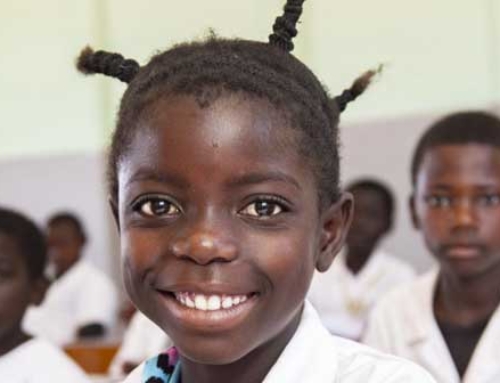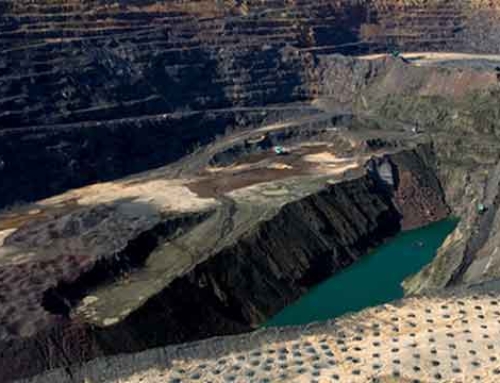Rough-diamond demand was strong at De Beers’ January sight, as manufacturers plan to increase their production in anticipation of post-holiday orders from retailers.
The mining company reported proceeds of $665 million in its first sales cycle of the year, which included last week’s sight in Gaborone, Botswana, as well as its rough auctions. While that figure was 9% lower than the $729 million-worth of rough De Beers sold a year earlier, it represented a 46% jump compared with the miner’s previous sight in December.
“Following positive early signs for diamond-jewelry sales over the holiday season in the US, the need for the industry to restock led to increasing demand for our rough diamonds in the first sales cycle of 2018,” De Beers CEO Bruce Cleaver said Tuesday. “This seasonal restocking demand does usually see a larger share of annual purchases being planned into the first sales cycle of the year by our customers, resulting in an encouraging sales performance.”
The drop versus last year was due to inflated demand in January 2017, as Indian manufacturers resumed activity after refraining from buying rough in late 2016 when the government’s demonetization policy sapped liquidity from the market.
Other miners noted demand improved in the last few months. While the market was weak between July and October, it picked up before the end of the year, and strong retail sales during the holidays helped lift optimism, according to Petra Diamonds.
“Initial results relating to Christmas sales are generally positive, further to buoyant sales in the US and continued strong growth in the Chinese and Hong Kong markets,” the South Africa-focused producer said in an update this week. “Petra expects market conditions to remain stable in Premiums — the markup at which sightholders resell De Beers goods to other dealers on the secondary market — rose to 6.3% from 2.8% in January, reflecting the strong demand, according to rough broker Bluedax. Manufacturing in India has increased since Diwali in November due to demand for polished, Bluedax’s Dudu Harari said in a blog post. In addition, the seven-week gap since the December sight led to shortages in certain categories. “There was a brisk trade in rough, and a lot of old goods sold,” Harari noted. “It has been a good month for rough traders, who had a rough ride last year.”







